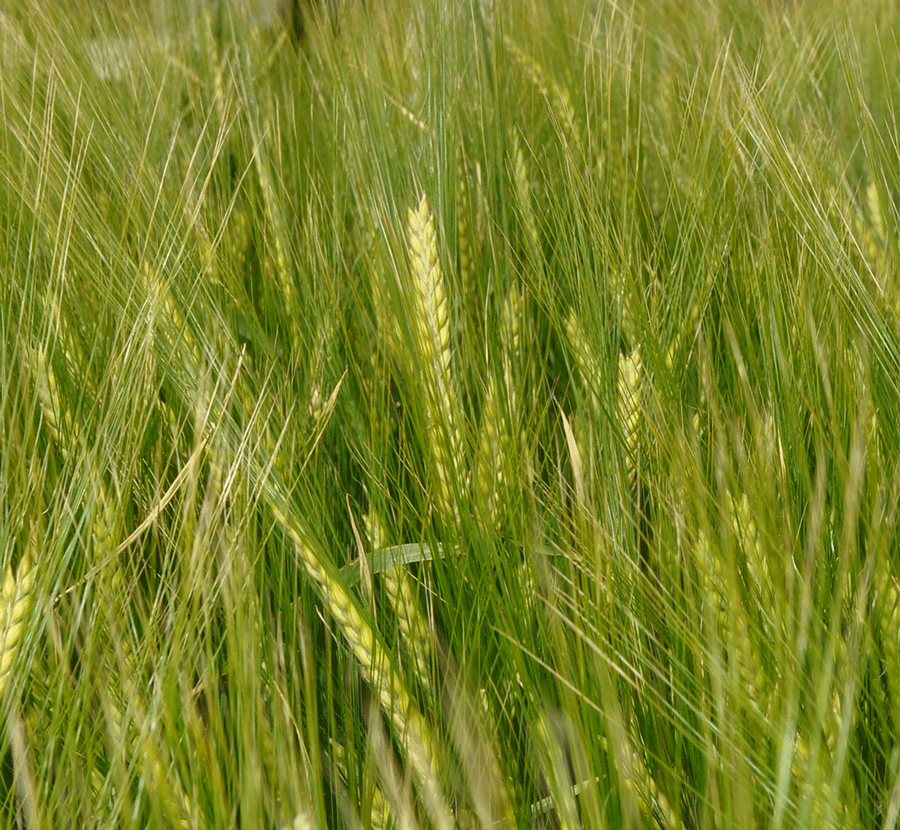New Ag-Chem for spring 2020 season
19th March 2020
With a significant loss of key actives in 2019, Farmers Guide took a look at the results of a new powerful triazole which could boost your spring spraying armoury.
Revystar XE gained authorisation for use in the UK in December 2019. The new cereal fungicide from BASF, which contains the unique new azole Revysol (mefentrifluconazole) and the SDHI Xemium, was evaluated by BASF’s 50 Real Results growers in on-farm tramline trials across the UK last season.
Two of these 50 growers, Alex Borthwick and Edward Vipond, have been involved with Real Results since its inception in 2017.
Trial 1 Hoehill Farm, Lincolnshire
Alex Borthwick is the agronomist at Hoehill Farm, and his father is the farm manager. Operating across 800ha, cropping involves winter wheat, winter barley, winter oilseed rape, spring barley, sugar beet and potatoes. In terms of rotation, the farm tends to include oilseed rape every four to five years. It grows first and second wheats, and spring malting barley.
During the Real Results Revystar XE trial, the wheat variety KWS Siskin was used (septoria rating 6.6). The soil type was calcareous loam, and the previous crop was winter OSR. Establishment was conventional and Revystar XE was applied at T2.
Mr Borthwick said: “We were comparing our farm standard to BASF’s programme of Adexar at T1 and Revystar XE at T2. The T0 and the T3 were the same for both spray programmes. No CTL was used in the trial as I was keen to see what future programmes will look like. We sprayed three full tramlines of 24m – every other tramline in a 20ha field with the BASF programme – which amounted to 3.6ha.
“There was low disease pressure through spring and into the start of summer – and then it rained. June was the wettest month of the entire year for us. We got 194mm of rain – 167mm of that coming the week after our T3 application. The septoria just jumped up onto the flag leaf after that, even though there hadn’t been much evident in the lower leaves.”
Mr Borthwick noticed that there was a lot less septoria on the flag leaf in the BASF programme, where the Revystar XE had been applied, when compared to the farm standard programme.
“Revystar XE certainly did a good job on the septoria in the trial and also increased the yield, with the Revystar XE-treated plot yielding 0.22t/ha above the farm standard, which was a statistically significant difference when tested under the ADAS Agronomics system.”
He added: “Although in this trial we applied Revystar XE at the T2 timing, going forward, for us, I think it would be a better fit at the T1 timing. There it can act as an eradicant, potentially with some kickback – this is after CTL has gone, which will keep the plant healthier and lower the disease pressure going into the T2 timing. It will certainly be useful for the weaker-scored septoria varieties.”
Commenting on the Real Results trials, he said: “It has been great to get information that is wholly relevant to our situation and it is good to look past the tried and tested and look for new approaches to try to progress, building on what we are doing already. We find it helps to tailor the spend. It makes sure we are spending efficiently on the right products.”
Trial 2 Troston Farm, Suffolk
Further south, in Suffolk, Edward Vipond of Troston Farm agreed, saying: “We can’t continue to do the same things – whatever currently works will change, how drastically we don’t know. That’s very true of plant protection products, I am trying to evaluate new actives and ideas on-farm as soon as possible. I don’t want to see them at Cereals, I want to see them at Troston Farms. That’s why the Real Results trials are so worthwhile.”
Mr Vipond is the agronomist for the farm, which covers 1,500ha of land cropping winter wheat, oilseed rape, sugar beet, winter rye, forage maize, forage rye, forage triticale and spring beans for human consumption. For the trial, wheat variety LG Skyscraper was used (septoria rating 5) in a clay loam soil. The previous crop was winter OSR, with non-inversion tillage establishment. Revystar XE was applied at T1 and T2.
Edward Vipond said: “We had a very low rainfall season – not as dry as some, but only 96mm from January to April. We had decent rain in June to keep crops growing well.
“We were comparing our farm standard to BASF’s programme of Revystar XE at T1 and T2. The T0 and the T3 were the same for both spray programmes. We didn’t use CTL in the trial, to give us an insight into how we might future-proof the farm fungicide programme.”
Mr Vipond’s said that his Revystar XE-treated tramlines were cleaner than the farm standard, even though he didn’t use a full, robust programme.
“Our farm standard programme was Proline (prothioconazole) and Tucana (pyraclostrobin) at T1 followed by AscraXpro (bixafen + fluopyram + prothioconazole) at T2. The Revystar XE-treated tramlines looked very good – there was certainly more green leaf area and a little bit of extra yield, but we are only looking at one year’s data.”
His assessment is that Revystar XE “does what it says on the tin.“
“It will play a part in our fungicide programme going forward, but it will be price dependent,“ Mr Vipond commented. “I think we will use it at T2; however it will depend on the season and yield potential of the crop. In a more normal year we would have more confidence, but this current season is anything but normal.
“We are going into a new season with a lot less wheat, and the crops that are in the ground look very different to last year.”

